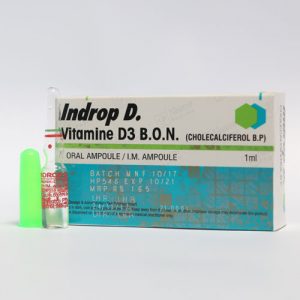Linezolid is a synthetic antibiotic belonging to the oxazolidinone drug class that prevents bacteria from producing proteins. It works by interfering with bacterial protein synthesis, preventing vulnerable bacteria from growing. It is effective against various gram-positive bacteria, including those resistant to other antibiotics, due to its mechanism of action. It is crucial for treating severe bacterial infections.
Uses:
Some uses of the Linezolid tablet 600 mg are:
- Pneumonia:
- It is utilized in the management of bacterial offering an effective approach against causative pathogens.
- Skin and soft tissue infections:
- In cases of skin and soft tissue infections, it proves valuable in combating the bacterial agents responsible for the infection.
- Bloodstream Infections:
- It helps to eradicate the infectious agents by treating bloodstream infections brought on by virulent bacteria.
- Intra-Abdominal Infections:
- For certain intra-abdominal infections, Linezolid is prescribed to address bacterial involvement and promote recovery.
- Bone and Joint Infections:
- Linezolid is utilized in the treatment of bone and joint infections where bacterial presence is a contributing factor.
- Methicillin-resistant Staphylococcus aureus (MRSA) infections:
- Linezolid is effective against MRSA, making it a crucial option for infections caused by this resistant strain.
- Vancomycin-resistant Enterococcus faecium (VRE) infections:
- Treating infections caused by Enterococcus faecium strains resistant to vancomycin can be done using this medication.
- Community-Acquired Pneumonia (CAP):
- It is employed in the management of community-acquired pneumonia, addressing bacterial causes in such cases.
- Hospital-Acquired Pneumonia (HAP):
- In the context of hospital-acquired pneumonia, it is prescribed to combat bacterial infections acquired in healthcare settings.
- Skin Infections, Including Cellulitis:
- It is effective against bacterial pathogens causing skin infections, including cellulitis.
Serious but rare side effects are:
- Deep/fast breathing
- Unusual drowsiness
- Nausea or vomiting that doesn’t stop
- Numbness or tingling of the hands or feet
- Unusual tiredness
- Easy bruising/bleeding
- Muscle stiffness
- Increased sweating
- Vision changes
- Mental or mood changes
- Seizure.
Precautions:
- Allergies: Inform your doctor or pharmacist about allergies.
- Medical History: Report high blood pressure, blood or bone marrow issues, kidney or liver problems, tumor conditions, an overactive thyroid
- Dizziness: Avoid alcohol or marijuana; be cautious with activities requiring alertness.
- Diabetes: Monitor blood sugar regularly; inform your doctor of low blood sugar symptoms.
Administration
- Dosage: Follow the doctor’s instructions, usually every 12 hours.
- Children: Dosage based on age and weight may be every 8 hours.
- Special Diet: Follow a tyramine-restricted diet to prevent high blood pressure reactions.










Reviews
Clear filtersThere are no reviews yet.